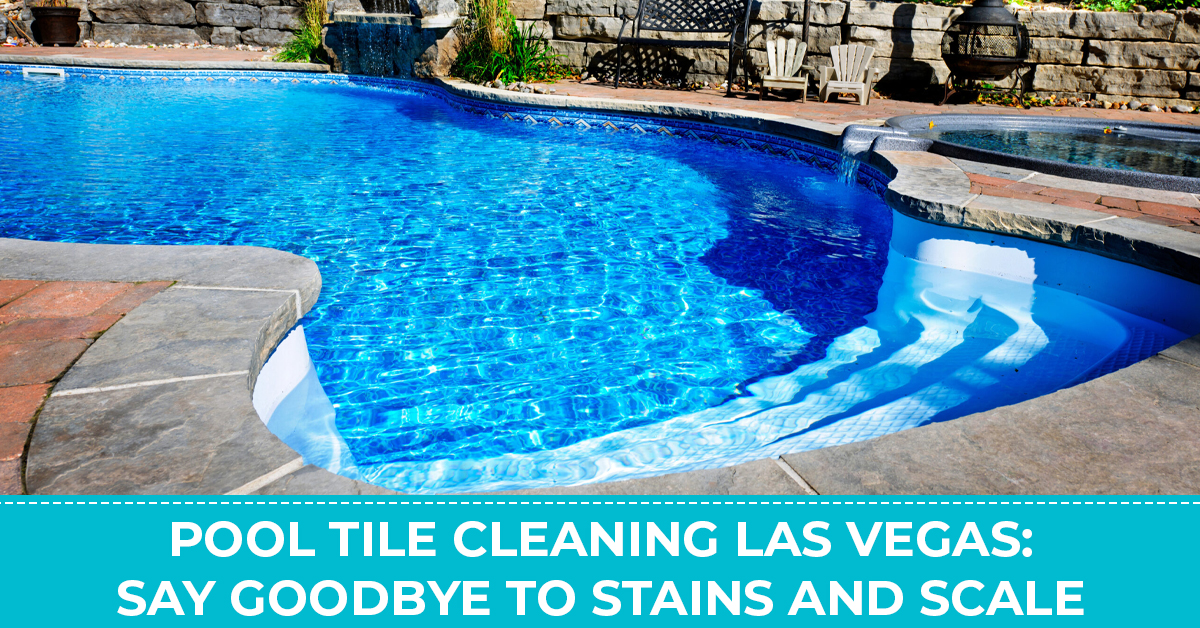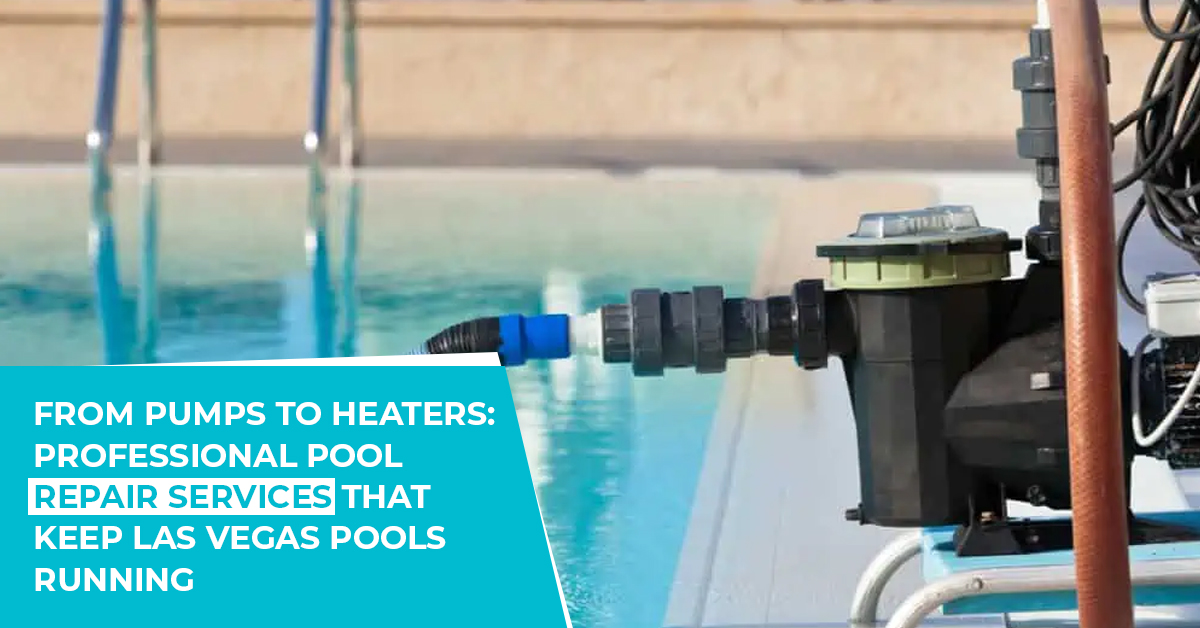How to Clean a Green Pool Quickly and Effectively
You may have guests coming over and they all expect to enjoy your swimming pool. The problem is, you have been quite busy (or lazy!) and haven’t maintained the pool as needed. A single glance into the backyard reveals a pool filled with green, murky water. Your guests can’t possibly swim in that! What can you do?
You need to clean a green pool fast! Well, good luck. There really is no fast way to clean a green pool. It will require several steps and some elbow grease on your part. If you have at least 36 hours’ notice before your guests arrive, you have time to transform that green swamp into a pristine, clear oasis that is safe and welcoming.
What Turned My Swimming Pool Water Green?
Have you ever noticed how quickly a puddle of water anywhere can turn green, murky and smelly? Anything and everything can grow in water, and usually does! If you have neglected your pool’s maintenance, especially balancing the water chemistry and cleaning your filters, it is likely filled with algae, metals, calcium, organic materials, insects, and more.
All these foreign elements combine to decompose and feed bacteria that grows in the water, making it unsafe, unsanitary and generally nasty! No one wants to swim in that!
How Can I Clean My Green Swimming Pool?
What should you do if you move into a new home with an old pool that has been neglected and is filled with green water? The ideal cleaning method is to start from scratch – drain the pool, power wash all the pool tile and surfaces until they are completely clean, clean the filters and then refill the pool. This can take considerable time, plus balancing the pool’s chemistry will add at least another day.
If your pool is allowed to sit unused and unloved until it turns green, you can generally turn it around in 36 to 48 hours or so. Here’s how:
Remove Organic Materials
By organic materials, we mean all the debris that has likely collected in the pool water: insects, leaves, tree branches, and any other objects. These large items cannot be removed by the pool’s filtration system; rather, they will clog it up and possibly cause damage that will prevent you from using your pool very soon. Also, removing organic matter eliminates materials that decompose and affect the water chemistry. (Time: approximately 1 hour)
Test the Water Chemistry
Next, you should use a fresh testing kit to test your pool’s water chemistry. This provides an important benchmark for correcting the various levels later. You need to record the readings for bromine, chlorine, pH, and alkalinity. The truest reading can be obtained just before the sun begins hitting your pool, early in the morning, before the sun begins burning off chlorine. Obtain your sample from at least a foot to 18 inches deep in the pool. The readings should give you an idea of what and how much of each chemical you need for later. (Time: approximately 30 minutes)
Scrub and Vacuum Your Pool
Before turning on your pool pump, thoroughly scrub your pool. Start at one corner and work your way all around the pool, removing all of the algae from the walls and floor. If necessary, combine vacuuming with scrubbing the walls and floor to remove any algae or other coating. Removing all you can with the vacuum now will help your pool’s filtration system do a better and faster job of cleaning out tiny elements. (Time: approximately 2-3 hours, depending on your pool’s size)
Run the Pool Pump
Replace your pool’s filter and run the pool pump for several hours to remove as much smaller debris and contaminants as possible. Make sure nothing else gets into the pool during this period. (Time: approximately 6-8 hours)
Shock the Pool Water
Just before sunset, it’s time to start correcting your pool water’s chemistry. This is known as “shocking” the pool. The idea is to add a calculated mixture of chlorine solution to the water to kill bacteria and make the water safe and clear for use. Adding the higher level of chlorine, above the normal level, also eliminates any old, ineffective chlorine from the water. Doing this as the sun sets prevents interference from UV rays. Follow the chlorine manufacturer’s instructions for mixing your shocking solution, then add it to the water all around the edges of the pool. Run your pool pump all night to circulate this mixture. (Time: approximately 12 hours)
Make Final Chemistry Adjustments
Test your pool water chemistry again early in the morning before the sun begins to hit your pool. Add any additional chemicals necessary to balance the water chemistry and make the water clear. Here are the recommended levels for a balanced pool:
- pH: between 7.4 and 7.6
- Alkalinity: between 100 ppm and 150 ppm
- Calcium Hardness: between 175 ppm and 300 ppm
- Chlorine: between 1 ppm and 3 ppm
If time permits, continue to run your pool pump and maintain these levels for another 12 hours before allowing swimmers to use the pool. As long as your pool’s water chemistry levels are within the above limits, it is safe for use.
If you are facing a green swimming pool, these steps should correct that condition and restore your pool to a usable state within 24 to 36 hours in a pinch. If you can squeeze out 36 to 48 hours before use, even better, as you will not be as rushed to perform each task adequately.
Prevent a Green Swimming Pool
Now after all that hard work, you should concentrate on maintaining routine care of your pool and water. Using trained professionals to do weekly service for you is the best way to prevent a green pool. At Clean Living Pool and Spa, we check the water chemistry weekly as everything can affect it. We clean debris from your pool and backwash your pool filters periodically to prevent blockages. We are one of the highest rated local pool service companies that can handle these chores. Call around and compare prices, and check online reviews to help you select the best one to meet your needs. Keep that pool pristine and clear all season long for great fun with family and friends!







